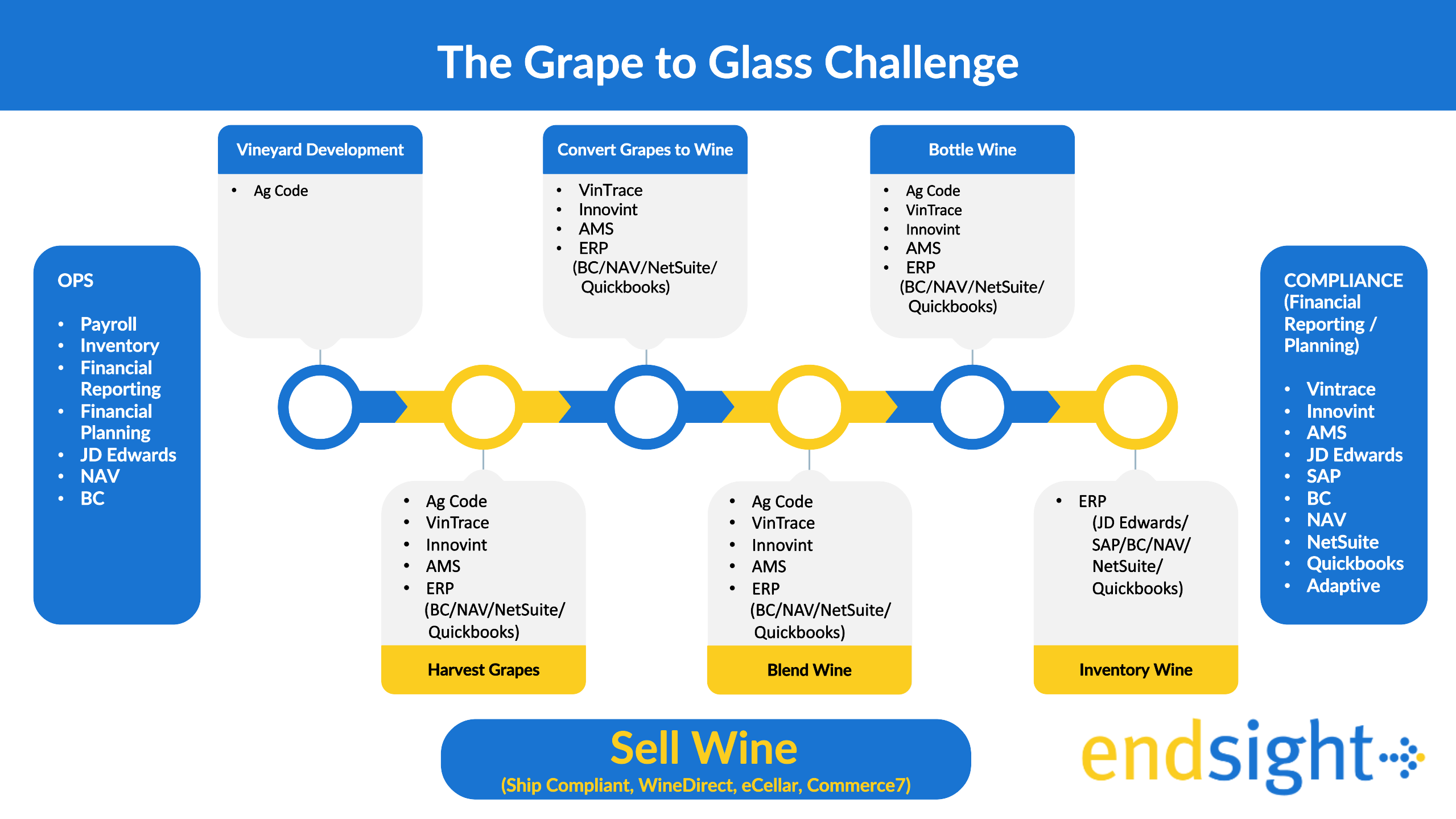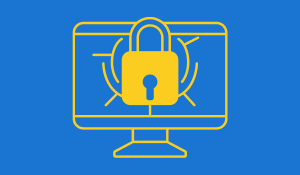Time for phishing prevention? How phishing attacks have become the primary vector for ransomware delivery.
Not quite the reunion a business had in mind, but an old familiar friend has returned. Phishing attacks are now the top vector for ransomware delivery. They involve cyber criminals sending messages with malicious links, images, or texts to employees.
The messages are intended to convince users to open or click on them and unknowingly launch malware into the system. Phishing started in email but has continued to include all communication channels, including websites and social media.
Cybersecurity provides the answer to avoiding phishing attacks and preventing the introduction of ransomware. Effective cybersecurity requires planning and ongoing focus on security and security education. When a business is under attack, it is not when to start a cybersecurity effort. To thrive in today’s business world, cybersecurity must be your top priority.
Prepare now because it’s not matter when your business will be attacked, but whether the business can manage the attack and survive intact.
This guide explains the importance of solid cyber hygiene practices to avoid, prevent, and manage phishing and ransomware attacks.
Key Takeaways:
- Is your business secure against phishing attacks and ransomware?
- Learn how phishing attacks are used to deliver ransomware.
- How can businesses prevent phishing and ransomware attacks?
What are the common types of phishing attacks?
Phishing criminals are making money by taking advantage of busy, stressed, distressed, or otherwise vulnerable people. Like all cyber-attacks, phishing attacks focus on vulnerabilities. Phishing is also very successful, and that’s why it’s become the number one way to plant ransomware into a system.
Phishing attacks can come through any type of communication – snail mail, email, text messages, phone calls, websites, and social media accounts. They are designed to trick people into clicking a link to a social media account or website and divulging information cybercriminals can use to access systems and steal data.
Phishing attacks can impact individuals as well as businesses of any size. Despite security training within an organization, employees fall victim to an increasing variety of phishing attacks. Attacks may appear to be from managers, upper management, or coworkers. When busy, employees may rush into communication without careful consideration and become a phishing victim.
Protecting your organization from phishing attacks requires constant vigilance and careful attention to all employee communications. Without these measures, phishing attacks can easily slip through the cracks and cause significant damage to your business. Don't let your guard down - stay alert and proactive in the fight against cyber threats.
What is ransomware?
Ransomware is malicious software (malware) that destroys a business’s ability to access networks, including files and data. Essentially, ransomware locks down an organization and prevents employees from working or systems from running. Ransomware attacks can disrupt a business for days or months, depending on the cybersecurity methods’ quality.
Malware is often introduced into a network system accidentally as part of a phishing attack. Phishing attacks are more than annoyances, they are dangerous and can lead to ransomware and business disruption. Once malware is in a system, it may encrypt data and files and lock down the business immediately or sit there gathering intelligence.
Gathering intelligence means the malware is watching and monitoring the network to determine greatest value data. No business is safe regardless of size or financial asset strength.
Famous ransomware examples include:
- WannaCry – a global breach that infected more than 200,00 computer systems in 150 countries
- WannaCry specifically targeted unpatched versions of Windows.
- WannaCry took advantage of systems poorly maintained to the tune of approximately $4 billion in damages worldwide.
- BlackByte – attacked the NFL San Francisco 49ers corporate IT network affecting players, employees, and related data.
- BlackByte is an example of a Ransomware-as-a-service attack where the software is sold by subscription to other criminals for a percentage of monetary gains.
Why use phishing to deliver ransomware?
Why not? Cyber criminals run organized businesses intent on stealing data from authentic businesses. Phishing has been around for decades, and it still makes money. Phishing is successful and avoids the dangers of attempting to hack into a system directly. Direct hacking attacks are a reality, but are not nearly as common or easy as phishing.
One ransomware attack propagated by phishing was REvil in 2021. REvil started the old-fashioned way with a phishing email. The email had a short message about unpaid or late invoices. Once opened, hackers inserted malicious links into ongoing email conversations. Unknowingly, victims would enable the embedded QakBot banking trojan that gathered intelligence on systems and data based on value.
Another example is LinkedIn. Job hunters and other professionals find LinkedIn a valuable resource for managing a career and networking. However, LinkedIn is a constant target for phishing scams. Criminals post fake jobs or pose as hiring organizations to get personal information. Some even ask for gift cards or other non-traceable forms of payment.
No one is safe. After all, an employee clicking a malicious link within LinkedIn may download malware to their business network. Security education and action prevention using cybersecurity are key to protecting your business.
How can you use cybersecurity for ransomware prevention?
Awareness and training stand as the first line of defense against the ever-present threat of phishing attacks. This crucial foundation involves educating every member of an organization about the landscape of cyber threats, with a strong emphasis on the myriad forms of phishing—from emails and social media scams to more insidious methods like vishing (voice phishing). Training programs, to be effective, must be engaging and frequent. Endsight offers our own free cybersecurity training once a month. These sessions aim to arm employees with the knowledge to recognize potential threats, embedding a culture of vigilance and proactive security practices. We recommend attending them once every six months.
However, Phish testing emerges as the pinnacle of this educational journey. By simulating real-world phishing attacks in a controlled environment, organizations can assess firsthand how employees react to attempted breaches. This method goes beyond theoretical knowledge, testing and strengthening the workforce's practical skills in identifying and responding to phishing attempts. More importantly, phish testing illuminates the individuals or departments most susceptible to these threats, allowing for targeted follow-up training. This focused approach ensures that those who are more likely to click on a malicious link receive the extra attention and resources they need to become more discerning and cybersecurity-aware. In essence, phish testing not only solidifies the lessons from training sessions but also customizes the learning experience, ensuring a robust defense against the specter of ransomware.
Enhancing Cybersecurity with Phish Testing: Discover the Benefits with Endsight
Phish testing stands out as a critical component in the arsenal of cybersecurity defenses, especially in the battle against ransomware. By simulating real-life phishing scenarios, organizations can effectively gauge their team's readiness and resilience against such attacks.
To learn more about how phish testing can transform your cybersecurity defenses, we invite you to fill out the form below. Completing this form will connect you directly with our team of experts, who are ready to partner with you in developing a robust, proactive cybersecurity framework. Let Endsight guide you through the complexities of securing your business in the digital age, ensuring that your operations are safeguarded against the most sophisticated cyber threats.



/jclause.jpg)
